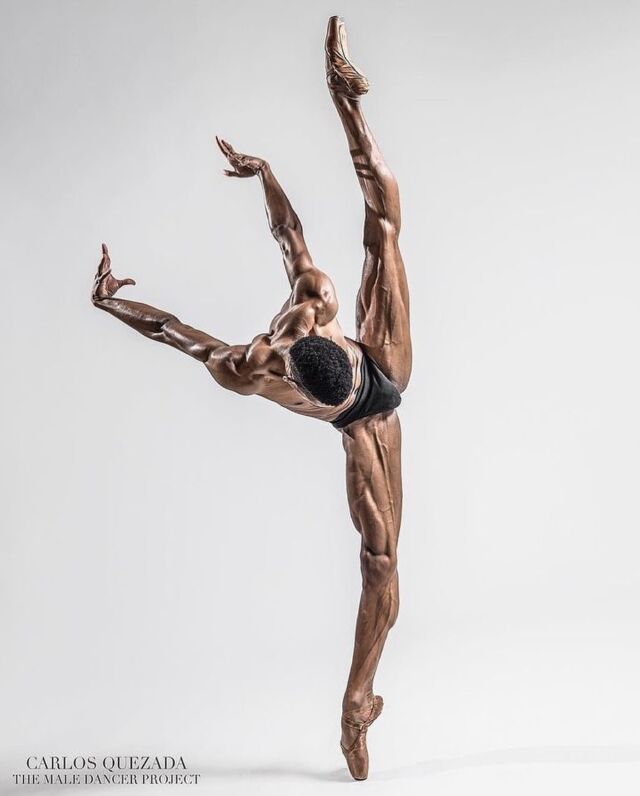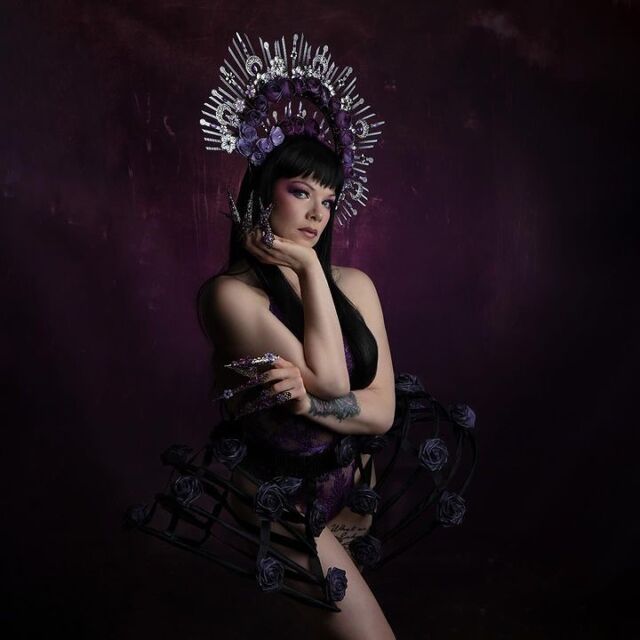When “Commander in Chief” premiered in 2005, with Geena Davis as a statuesque Independent, the very notion of a female president had become so fused to Hillary’s imagined rise that conservative commentators accused the show of “subliminal socialist indoctrination” and “a nefarious plot to advance the notion of a Hillary Clinton presidency.” The show lasted just one season.
As it happened, the “notion of a Hillary Clinton presidency” would be advanced in Hollywood well beyond Clinton’s real-life losses: From 2017 to 2019, we saw a secretary of state (Téa Leoni) become the first female president on “Madame Secretary,” a first lady (Robin Wright) become the first female president on “House of Cards,” and a first lady turned U.S. senator (Bellamy Young) become the first female president on “Scandal.”
As Clinton’s television doubles proliferated, a pair of archetypes emerged. The female president was a most capable public servant, or she was an evil narcissist in thrall to power. In 2005, as Davis was confidently striding the White House halls in “Commander in Chief,” projecting her nonpartisan feminist swagger, Patricia Wettig in “Prison Break, was orchestrating a shadowy conspiracy, scheming to murder her way into the Oval Office.
These characters — the ultracompetent heroine and the morally flexible striver — seemed to have been forged from Americans’ polarized opinions of Clinton herself. The more complex versions of the character vacillate between those poles, and the rare achievement breaks from it: Julia Louis-Dreyfus is so delightful in “Veep” because her narcissism is matched only by her bumbling incompetence, which makes her just as undeserving of the presidency as the male politicians in her orbit.
Notably, few of these characters are actually elected to the presidency. In “Commander in Chief” and “Prison Break,” a female vice president is sworn in after a sitting male president dies in office; a similar plot unfolds in “House of Cards” and “Veep,” except she gets the job after the president resigns. And on “Scandal,” Young’s character takes office when her winning rival is assassinated during his victory speech.
In these alternate histories, a female president is not depicted as a total catastrophe (in the “Scandal” universe, a rival’s assassination is a fairly standard turn of events), but her rise is still somewhat accidental, unwanted or unearned. Nobody actually has to vote for her.
Source link




![Growing up learning Indian Classical Music, I’ve developed a deep appreciation for diverse musical genres, and techno is definitely one that has captured my interest. Got inspired to write this track by blending the beautiful melodies of Hindustani classical, particularly Raag Bhairav, with the beats of techno. Excited to share this fusion with you all!
Music by @miladzki
Check it out and vibe with me! 🎶✨
[ techno, newmusic, fusion, indianclassicalmusic, techno, music, kakisinger ]](https://talentsofworld.com/wp-content/uploads/wp-social-ninja/instagram/9xm.tv/18327743320185528_full.jpg)
![Listen to this Version of Dil Kho Gaya
Original Song From the Movie Dil.
Anand-Milind, Udit Narayan, Anuradha Paudwal sung this song
Music by Anand-Milind
Hope you guys like this Rendition of the Classic Song by Kaki Singer.
Like, Share & Comment.
[ Dil, Dil kho Gaya, old songs, Classic Bollywood, old song covers, retro songs, indian old songs, old hindi songs, melodies, kaki singer, Indian singers ]](https://talentsofworld.com/wp-content/uploads/wp-social-ninja/instagram/9xm.tv/17999564600299237_full.jpg)























































